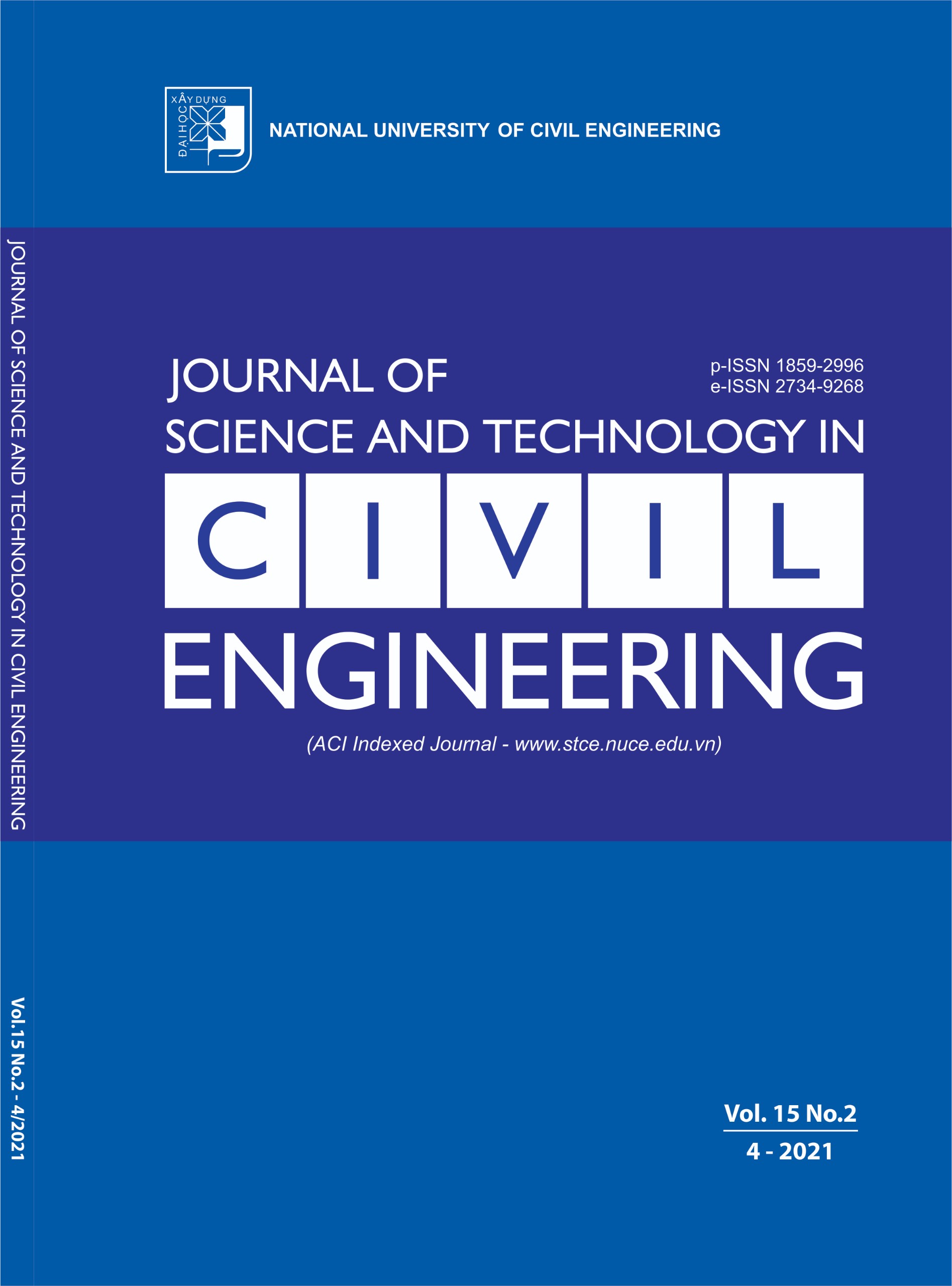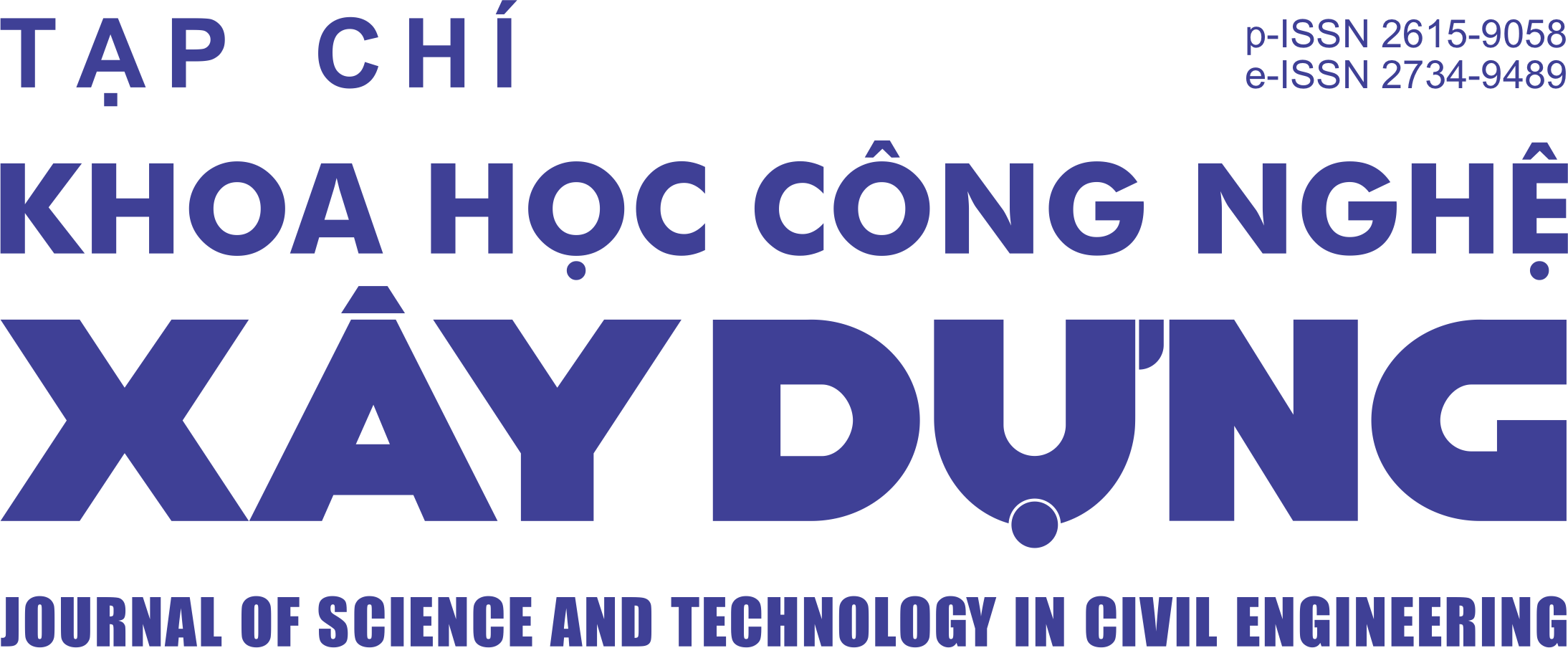General non-uniform quadrilateral cross-sections for thin-walled FG sandwich beams
Abstract
The paper aims at introducing an analysis of thin-walled functionally graded sandwich beams for general non-uniform quadrilateral cross-sections. Generally, the materials are assumed to be graded through the thickness following a predefined shape while Poisson's ratio kept as a constant due to its less domination. The cross-section linearly varies from one end to another end of the beam. In order to relax the difficulties in modeling as well as capturing the behaviors of thin-walled functionally graded beams, a higher-order approach has been applied including warping, coupling distortions as well as Poisson's distortion. A multi-separated beam on each edge of the cross-section which is an application of the so-called beam-frame-modal method is adopted. Subsequently, the effects of these major importance along with anisotropy of materials are then fully considered. As a consequence, the analysis is able to extensively applied to closed-section beam-shells with different curvatures. In order to illustrate the accuracy and computational efficiency of the method, various examples have been conducted in which the results obtained from finite element package as ABAQUS are employed.
Keywords:
quadrilateral cross-section; thin-walled FG beam; higher-order coupling; beam frame modal.
Downloads
Copyright (c) 2021 National University of Civil Engineering

This work is licensed under a Creative Commons Attribution-NonCommercial-NoDerivatives 4.0 International License.
1. The Author assigns all copyright in and to the article (the Work) to the Journal of Science and Technology in Civil Engineering (JSTCE) – Hanoi University of Civil Engineering (HUCE), including the right to publish, republish, transmit, sell and distribute the Work in whole or in part in electronic and print editions of the Journal, in all media of expression now known or later developed.
2. By this assignment of copyright to the JSTCE, reproduction, posting, transmission, distribution or other use of the Work in whole or in part in any medium by the Author requires a full citation to the Journal, suitable in form and content as follows: title of article, authors’ names, journal title, volume, issue, year, copyright owner as specified in the Journal, DOI number. Links to the final article published on the website of the Journal are encouraged.
3. The Author and the company/employer agree that any and all copies of the final published version of the Work or any part thereof distributed or posted by them in print or electronic format as permitted herein will include the notice of copyright as stipulated in the Journal and a full citation to the Journal as published on the website.







